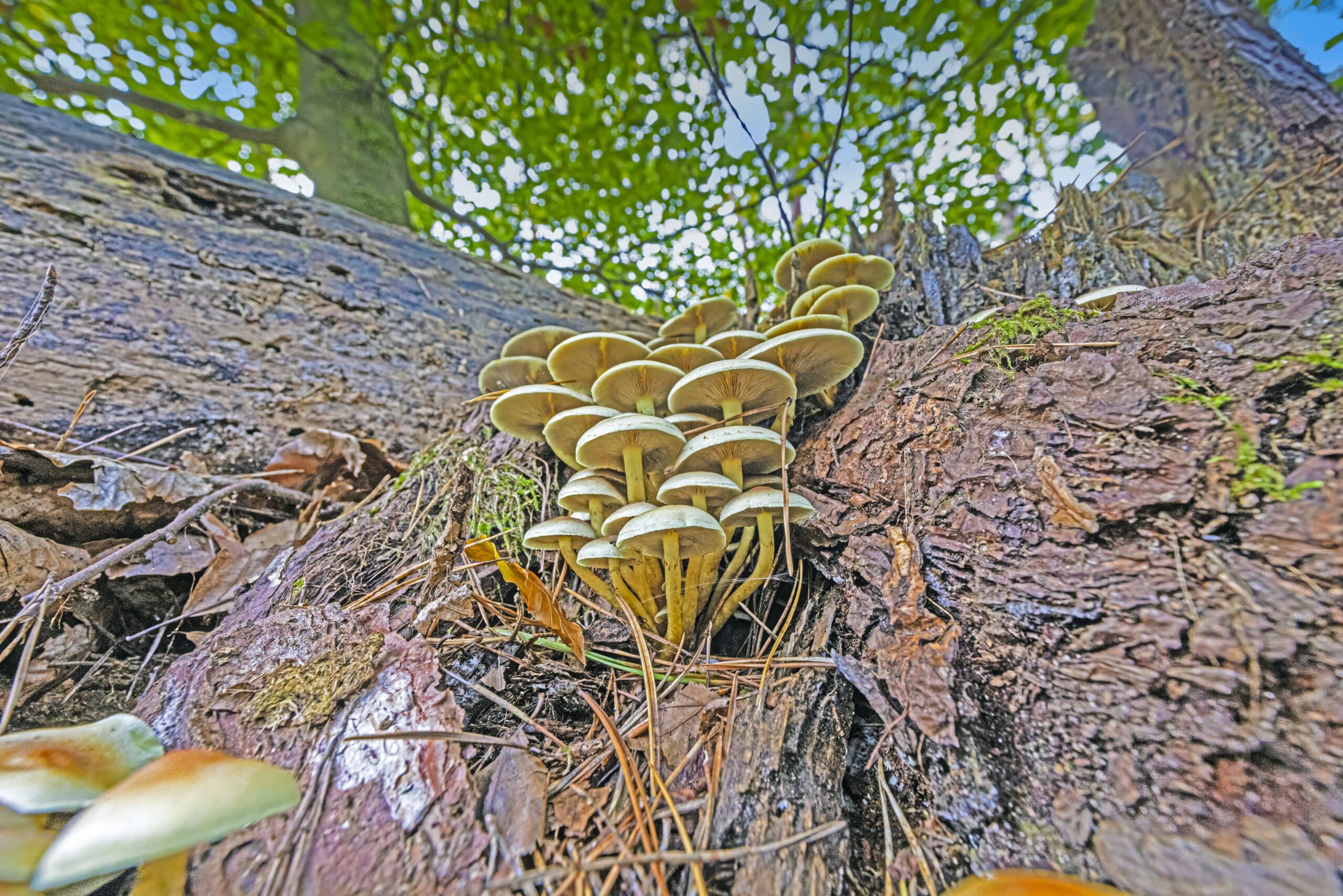What’s the Growth Rate of Morel Mushrooms in the Wild?
Key Takeaways
- The growth rate of morel mushrooms in the wild is influenced by environmental conditions and soil characteristics.
- The ideal temperature range for morel mushroom growth is between 50 and 65 degrees Fahrenheit (10 to 18 degrees Celsius), with higher temperatures potentially accelerating growth.
- Morel mushrooms prefer slightly acidic soil with pH levels between 6.0 and 7.0, and the presence of deciduous trees and loamy soil provides the necessary nutrients for their growth.
Morel mushrooms, known for their distinct appearance and delicious flavor, have captivated the interest of both foragers and mushroom enthusiasts. One common question that arises when it comes to these elusive fungi is their growth rate in the wild. In this article, we will explore the factors that influence the growth rate of morel mushrooms and provide insights into their average growth rate based on the available information.
Factors Affecting the Growth Rate of Morel Mushrooms
The growth rate of morel mushrooms is influenced by various factors, including environmental conditions and soil characteristics. Temperature, humidity, and soil conditions play a crucial role in determining the growth rate of these mushrooms.
According to Mushroom Pete, morels prefer temperatures between 50 and 65 degrees Fahrenheit (10 to 18 degrees Celsius). These temperature ranges are typically found during springtime, which coincides with the peak season for morel mushroom growth. Higher temperatures may accelerate their growth rate, while colder temperatures may slow it down.
Humidity is another essential factor for morel mushroom growth. These mushrooms require a moderate amount of humidity to thrive. While specific humidity requirements may vary, the presence of moisture in the air and soil is generally beneficial for their growth.
Soil conditions also play a significant role in the growth rate of morel mushrooms. According to Mushroom Pete, morels prefer slightly acidic soil with pH levels between 6.0 and 7.0. Additionally, they are typically found in areas with deciduous trees and loamy soil. These soil characteristics provide the necessary nutrients and organic matter for morel mushrooms to thrive.
The Plant Bible adds that other environmental factors, such as light availability, can also influence the growth rate of morel mushrooms. Furthermore, human interventions, including logging and forest management practices, can impact their growth rate by altering the natural habitat and ecosystem.
Average Growth Rate of Morel Mushrooms in the Wild
Determining the exact growth rate of morel mushrooms in the wild can be challenging due to various factors and limited research. However, based on the available information, the average growth rate of morel mushrooms is estimated to be approximately 0.2 to 0.4 inches per day.
While this estimation can serve as a general guideline, it is important to note that the growth rate of morel mushrooms can vary depending on the prevailing environmental conditions. Factors such as temperature fluctuations, humidity levels, and soil composition can impact the growth rate on a daily basis.
It is also worth mentioning that the growth rate of morel mushrooms can differ when cultivated under controlled conditions. A research study published in the journal AMB Express focused on the growth rate of morel mushrooms in pure culture. The study investigated the use of a novel culture medium incorporating coconut water to promote growth. The addition of coconut water significantly increased the growth rate of morel mycelium in the study’s experiments.
Conclusion
While the growth rate of morel mushrooms in the wild can vary depending on environmental conditions, an average growth rate of 0.2 to 0.4 inches per day is estimated based on the available information. Factors such as temperature, humidity, soil conditions, and human interventions can all influence the growth rate of these mushrooms. It is important to note that further research is needed to gain a more comprehensive understanding of the growth dynamics of morel mushrooms.
Related Websites:
FAQs:
Q: What are the different types of morel mushrooms?
Morel mushrooms are classified into different types based on their appearance. The most common types include the black morel (Morchella elata), yellow morel (Morchella esculenta), and half-free morel (Morchella semilibera). Each type has its own distinct characteristics and can vary in color, size, and texture.
Q: What environmental conditions are required for morel mushroom growth?
Morel mushrooms require specific environmental conditions for optimal growth. They thrive in areas with moist soil and a moderate temperature range, typically between 50 to 60 degrees Fahrenheit. Additionally, morels often emerge in spring after rainfall and in the vicinity of specific tree species, such as ash, elm, and apple trees.
Q: What factors can influence the growth rate of morel mushrooms in the wild?
Several factors can affect the growth rate of morel mushrooms in the wild. Temperature and humidity play a crucial role, as do soil composition and pH levels. The presence of specific tree species or vegetation in the surrounding area also contributes to their growth. Additionally, geographic location and elevation can influence the availability and abundance of morel mushrooms.
Q: How long does it take for morel mushrooms to grow?
Determining the exact growth rate of morel mushrooms is challenging due to the various environmental factors involved. However, on average, it can take anywhere from 7 to 21 days for morel mushrooms to grow from the initial fruiting stage to maturity. Factors such as temperature, humidity, and the availability of nutrients in the soil can impact the growth timeline.
Q: What are some tips for finding morel mushrooms in the wild?
To increase your chances of finding morel mushrooms in the wild, it is recommended to search during spring after rainfall. Look for areas with moist soil and the presence of specific tree species like ash, elm, and apple. Check shaded areas and pay attention to leaf litter and fallen logs. It can also be helpful to join local foraging groups or learn from experienced foragers to gain insights and discover prime locations.






